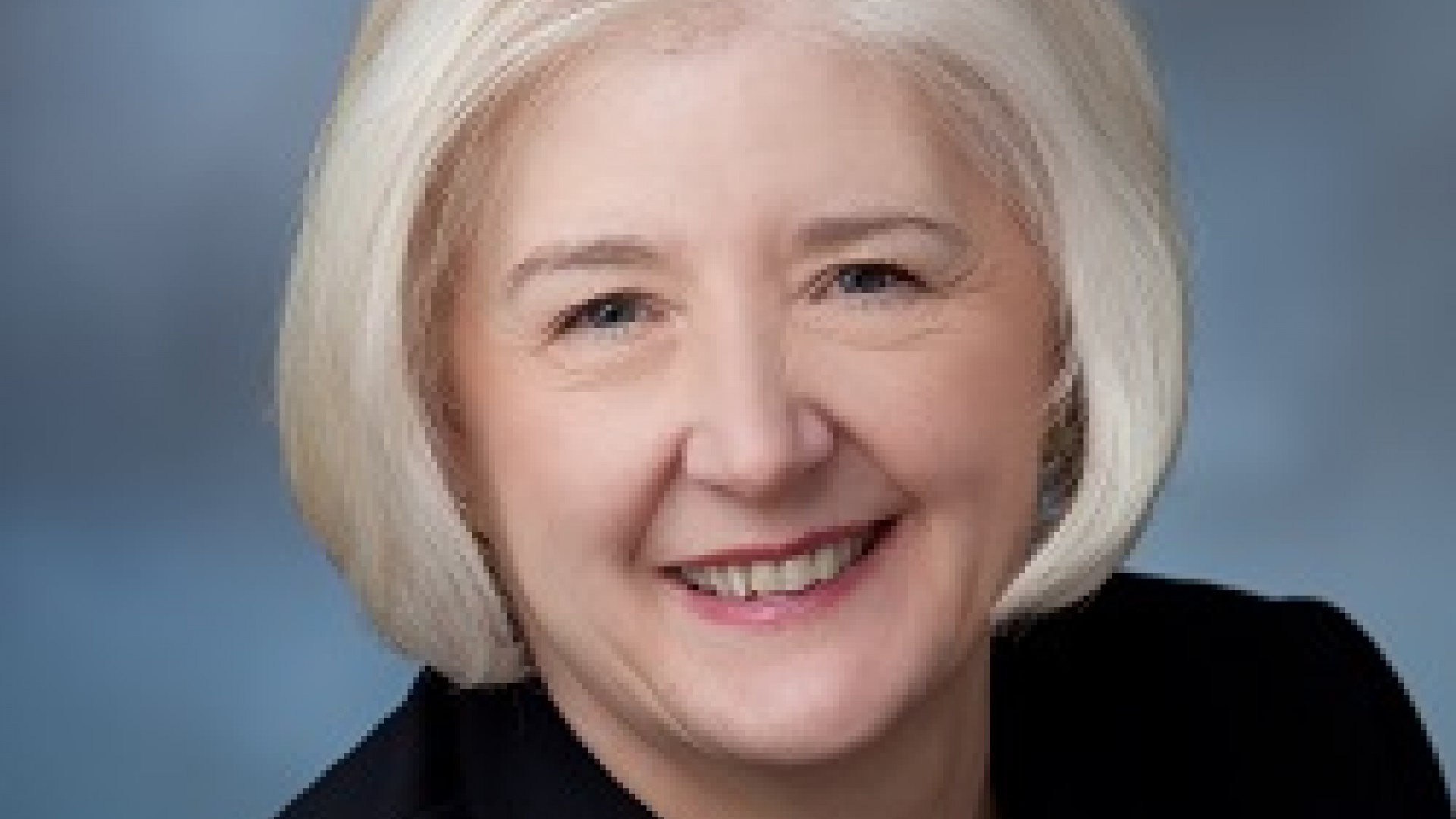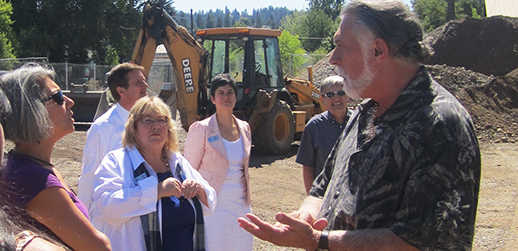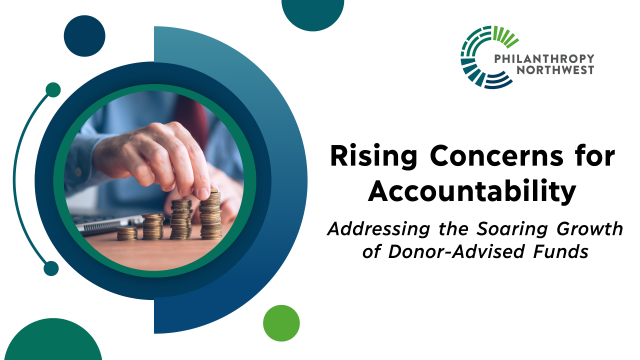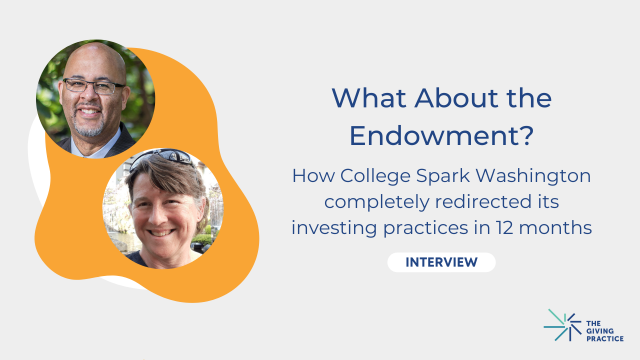
Judith Olsen, Impact Capital
Whenever I introduce myself as the president of a CDFI, a community development financial institution, I'm often asked, “Just what is a CDFI?”
If you were to ask someone at the U.S. Department of Treasury, the developer of the CDFI Fund, you might hear, “CDFIs share a common goal of expanding economic opportunity in low-income communities by providing access to financial products and services for local residents and businesses.”
But if you ask me, I would put it like this, “As a CDFI, we provide loans to nonprofits, small businesses and individuals who can't access the capital they need to create safe, equitable, vibrant communities; communities filled with affordable housing, lively commercial corridors, schools, parks, healthcare and fresh food.”
In other words, CDFIs leverage impact investments from place-based foundations, banks and government leaders to assess, understand and respond to community needs.
Historical Context
Although the acronym hasn't quite gone mainstream yet, the CDFI model goes back to the late 19th century, when the first minority-owned banks formed to provide access to basic financial services for black Americans transitioning from slavery. In the 1930s and 1940s, as the Great Depression forced many banks to close, the European model of credit unions came to our shores. These institutions, offering what we call microfinancing today, gave minorities and low- and moderate-income workers more access to financial services. Anti-poverty initiatives got broad-based support during the political upheavals of the 1960s and 1970s, followed by nonprofit loan funds in the 1980s.
All of these organizations had a common mission: to provide financial services to underserved communities. In 1994, with the passing of the Riegle Community Development and Regulatory Improvement Act, Congress formed the CDFI Fund. This model is designed as a public-private partnership that leverages federal funding to attract private sector investment within communities, with a focus on minorities, low-income people and others without access to traditional financial services.
The model takes the partnership one step further from just offering access to checking accounts and consumer loans; it supports the development of communities by offering small business loans, loans to fund affordable housing and financial education, and leveraging federal funding with local investments. In turn, engaging local CDFIs as part of the decision-making process and allowing these institutions to provide a high level of technical assistance to communities brings in more capital, spreads risk and builds projects that reflect community need and support.
CDFIs Today
CDFIs have become an indispensable part of community development, providing access to capital for individuals, nonprofits and small businesses across the country. Each year, CDFIs have the opportunity to apply to the CDFI Fund for lending capital and grants; the awards they receive depend on the work of the CDFI and their ability to raise matching funds from impact investors.

Impact Capital was formed as a program office of another CDFI in the late 1980s; we became an independent nonprofit and CDFI in 2000. We are now one of approximately 1,000 CDFIs across the country today, including 68 in the Northwest: six in Alaska, four in Idaho, 11 in Montana, 20 in Oregon, 26 in Washington and one in Wyoming. Some CDFIs lend to individuals; some only to nonprofits. (Impact Capital's niche is lending to nonprofits, housing authorities and tribal entities.) Either way, we can provide a high level of technical assistance and training to our clients.
As mission-driven organizations, CDFIs focus our lending capital on three distinct community development needs: affordable housing, jobs and local business, and community facilities. Each CDFI has its own niche within at least one of these categories, and each has a specific set of loan products, terms and types in its toolkit. Products may include: IDA matched saving accounts; loans for very small new businesses; loans (small and large) for hard-to-finance projects in rural and underserved urban communities; loans for energy efficiency for homeowners; assisted technology loans for people with disabilities; mortgages; and predevelopment, acquisition, bridge and construction loans for rental housing in the early stages of development.
Finally, CDFI boards are made up of community members and other community experts, working with management to respond to community needs as they relate to accessing capital. This could take the form of small business lending, or loan products and matched saving programs for low- and moderate-income individuals. Or, it could take the form of first-in high capital for the creation of affordable housing and community facilities.
At the end of the day, whatever their particular niche, all CDFIs have the same mission: to provide access to capital to underserved communities, so that communities can thrive. I am proud to be part of this work, and I look forward to many more exciting projects in communities across the Northwest. In my next blog post, I will write more about these projects and partnerships.
Judith Olsen is president of Impact Capital, a Seattle-based CDFI. She can be reached at judith@impactcapital.org.


